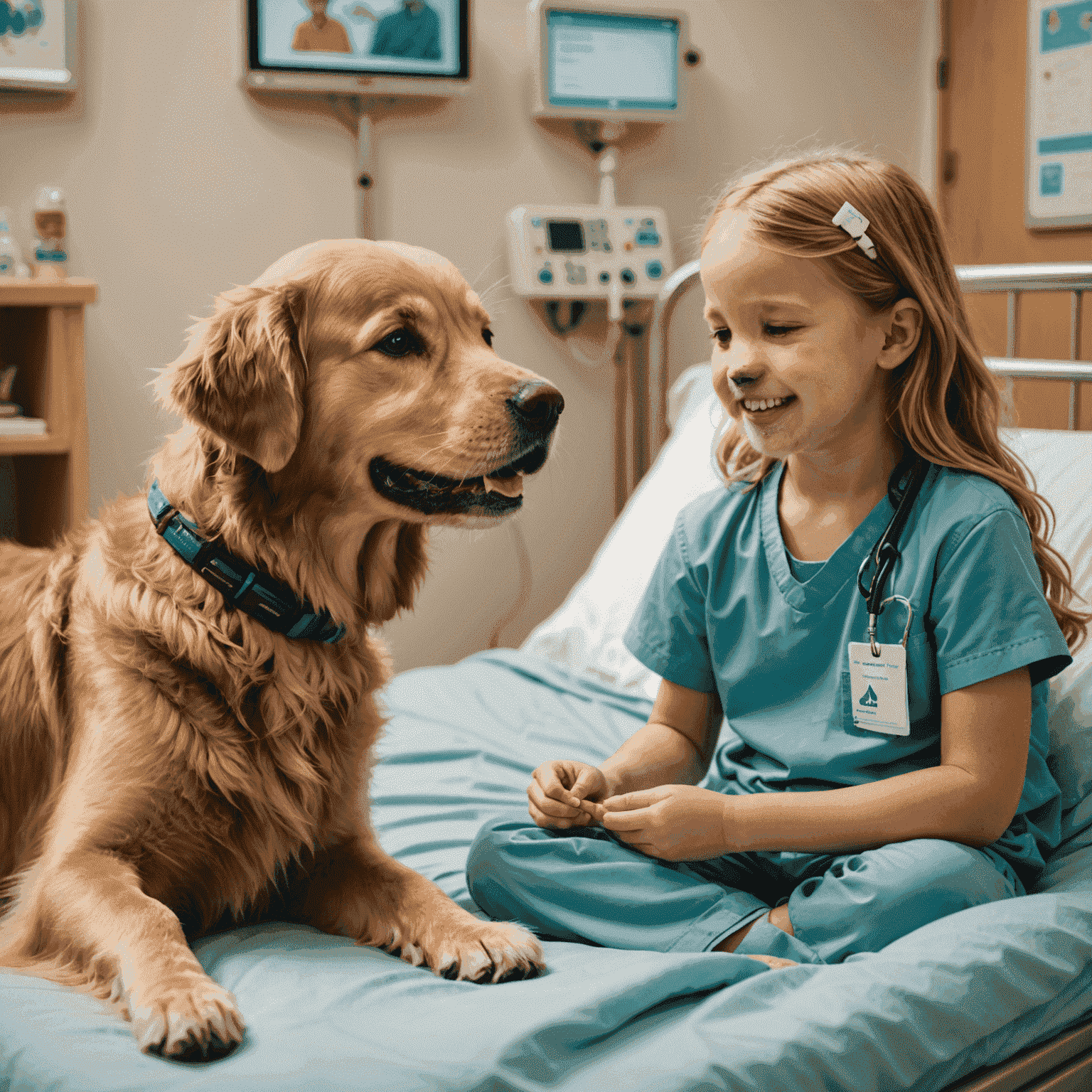Therapy Animals: More Than Just Pets

The role of animals in therapeutic settings is expanding rapidly, bringing comfort, joy, and healing to people in hospitals, schools, and retirement homes. These furry (and sometimes feathered) friends are proving to be powerful allies in promoting emotional wellness and reducing stress.
The Growing Importance of Animal-Assisted Therapy
Animal-assisted therapy is more than just petting a cute animal. It's a structured form of treatment that leverages the human-animal bond to support physical, emotional, and mental health. From reducing anxiety in children during medical procedures to providing companionship for elderly individuals, therapy animals are making a significant impact.
Benefits of Therapy Animals
- Reduced stress and anxiety
- Improved mood and emotional state
- Increased social interaction
- Lower blood pressure and heart rate
- Enhanced motivation in physical therapy
Therapy Animals in Various Settings
Hospitals
In hospitals, therapy dogs, cats, and even miniature horses visit patients, bringing moments of joy and distraction from pain or worry. These animal companions can help reduce the stress of medical procedures and long hospital stays.
Schools
Many schools are introducing therapy animals to help students with reading difficulties, anxiety, or behavioral issues. The presence of a calm, non-judgmental animal can create a supportive environment for learning and emotional growth.
Retirement Homes
For seniors in retirement homes, therapy animals provide companionship, a sense of purpose, and a link to the outside world. Regular visits from these animals can combat feelings of loneliness and depression.

The Science Behind the Bond
Research has shown that interacting with animals can increase levels of oxytocin, often called the "love hormone," which plays a crucial role in bonding and emotional wellness. This physiological response helps explain why animal companionship can be so effective in reducing stress and improving overall mental health.
"The bond between animals and humans is a powerful tool for healing. It's not just about having a pet; it's about forming a connection that can transform lives."
Looking to the Future
As we continue to understand and appreciate the benefits of the human-animal bond, the role of therapy animals is likely to expand even further. From courtrooms to corporate offices, these compassionate creatures are finding new ways to support human emotional wellness and mental health.
The growing field of animal-assisted therapy is a testament to the unique and powerful connection between humans and animals. As we embrace these furry therapists, we open doors to new forms of healing, comfort, and emotional support that can benefit people of all ages and backgrounds.